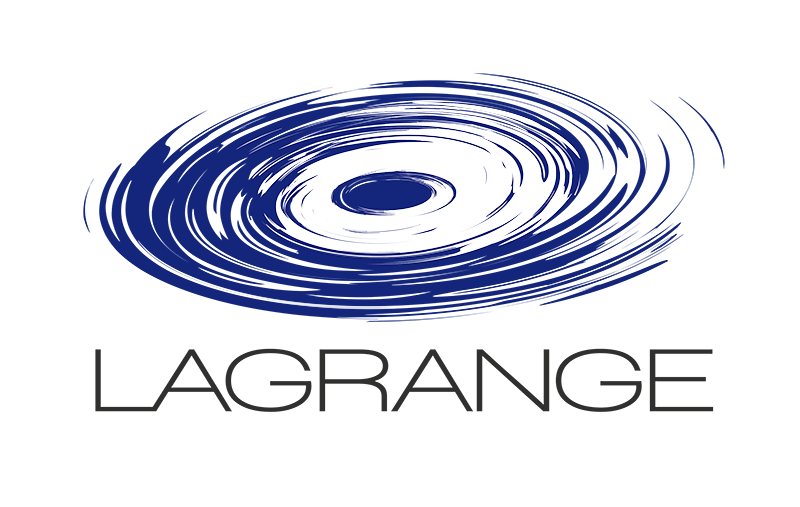An impressionist view of V Hydrae
Résumé
Context. Asymptotic giant branch (AGB) stars enrich the interstellar medium through their mass loss. The mechanism(s) shaping the circumstellar environment of mass-losing stars is not clearly understood so far. Aims. Our purpose is to study the effect of binary companions located within the first 10 stellar radii from the primary AGB star. In this work, we target the mass-losing carbon star V Hydrae (V Hya) and search for signatures of its companion in the dust-forming region of the atmosphere. Methods. The star was observed in the L and N bands with the VLTI/MATISSE instrument at low spectral resolution. We reconstructed images of the photosphere and surroundings of V Hya using the two bands and compared our interferometric observables with VLTI/MIDI and VISIR archival data. To constrain the dust properties, we used the 1D radiative transfer code DUSTY to model the spectral energy distribution. Results. The star is dominated by dust emission in the L - and N -bands. The MATISSE reconstructed images show asymmetric and elongated structures in both infrared bands. In the L band, we detected an elongated shape of approximately 15 mas that likely is of photospheric origin. In the N band, we found a 20 mas extension northeast from the star and perpendicular to the L -band elongated axis. The position angle and the size of the N -band extension match the prediction of the companion position at the MATISSE epoch. By comparing MATISSE N -band with MIDI data, we deduce that the elongation axis in the N -band has rotated since the previous interferometric measurements 13 yr ago, supporting the idea that the particle enhancement is related to the dusty clump moving along with the companion. The VISIR image confirms the presence of a large-scale dusty circumstellar envelope surrounding V Hya. Conclusions. The MATISSE images unveil the presence of a dust enhancement at the position of the companion. This opens new doors for further analyses of the binary interaction with an AGB component.
| Origine | Fichiers éditeurs autorisés sur une archive ouverte |
|---|---|
| licence |





